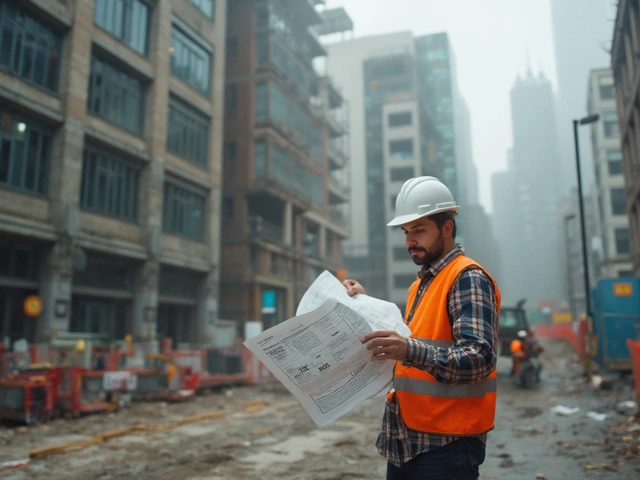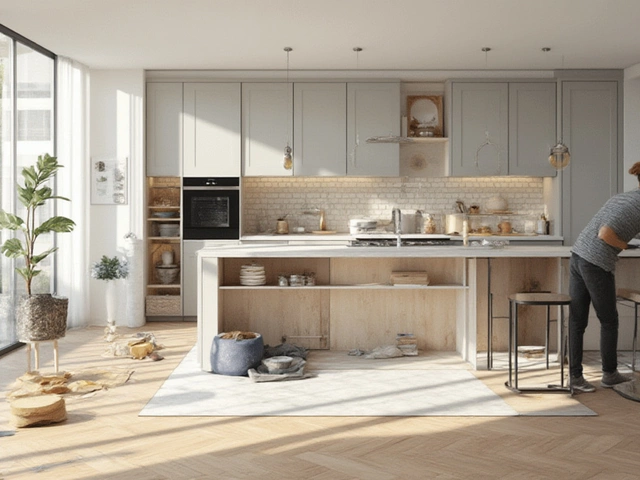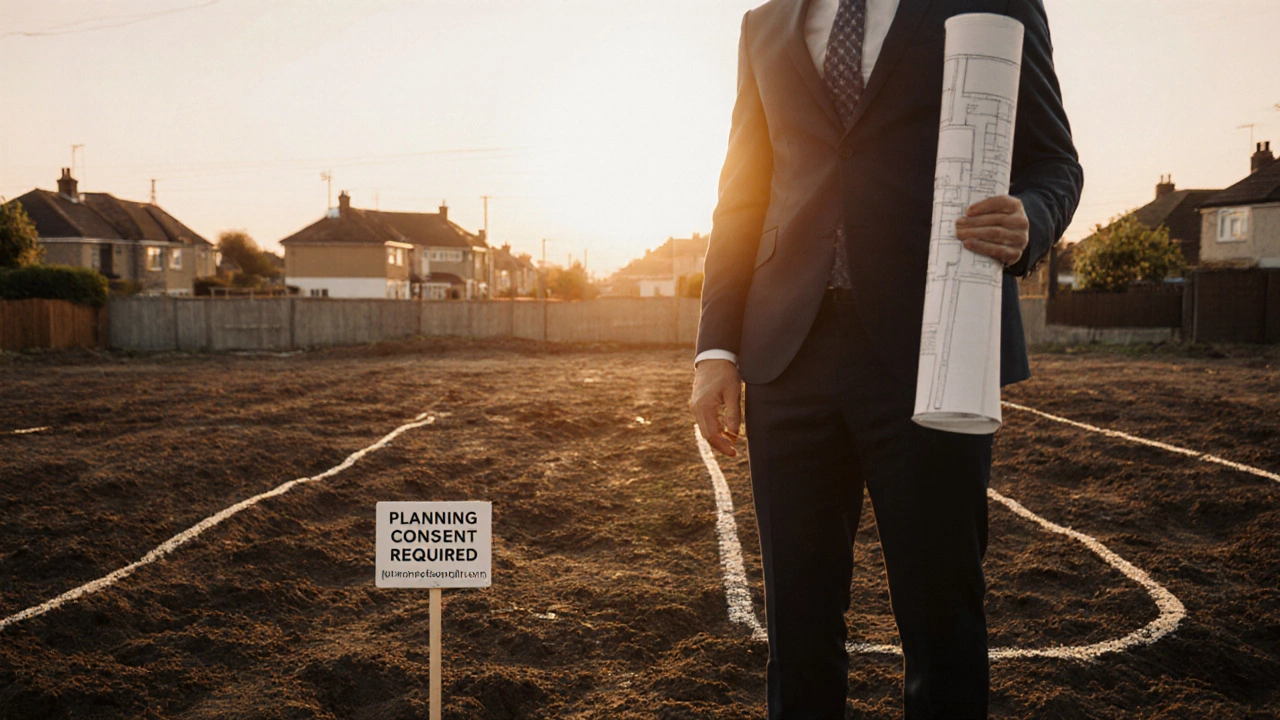
New Build Timeline Calculator
Estimate Your New Build Completion Date
Enter your project details to get an estimated completion date based on average construction timelines.
Estimated Completion Timeline
Timeline Breakdown
- Land acquisition & planning
- Consent & financing
- Construction
- Inspection & handover
When you hear someone talk about a new build, you might picture a fresh‑painted house on a quiet street. But the term actually covers a whole process, legal framework, and set of expectations that go far beyond the final look of the walls.
New build is a property that is constructed from the ground up and sold for the first time to an end‑user, rather than being a resale of an existing home. It typically involves developers, councils, and a string of approvals before anyone can move in.
How a New Build Comes to Life
The journey starts long before the first brick is laid. Here’s a quick snapshot of the major steps:
- Land acquisition - a property developer purchases a plot that fits zoning rules.
- Design and planning - architects draft plans that meet building regulations and the expectations of the real estate market.
- Council approval - local authorities grant a Council approval or consent for the construction.
- Financing - buyers often secure a mortgage based on the projected value of the finished home.
- Construction - contractors use building material choices that affect durability, energy use, and cost.
- Final inspection - a building inspector confirms compliance with the building code.
- Handover - the developer delivers the completed home, often with a warranty covering structural defects.
Why Buyers Choose New Builds
People gravitate toward new builds for several practical reasons:
- Modern standards: Everything from insulation to wiring follows the latest codes, meaning lower energy bills and fewer surprises.
- Customization: Many developers let buyers pick finishes, kitchen layouts, or even floor plans before construction starts.
- Warranty protection: A typical five‑year structural warranty gives peace of mind that any major defects will be repaired at the builder’s expense.
- Efficiency: New homes are built with precision, often finishing faster than a major renovation project.
Key Legal and Regulatory Aspects
Understanding the legal side can save you headaches later. In New Zealand, the Building Act 2004 governs most aspects of new construction, while local councils enforce regional plans that dictate density, setbacks, and permissible heights.
Key points to watch:
- Consent: Without a proper building consent, even a perfectly built house could be deemed illegal.
- Resource consent: For larger estates, developers may need additional resource consents for things like drainage or heritage impact.
- Insurance: Builders must carry construction insurance, but buyers should also consider a home warranty for added protection.
Financing a New Build
Because the property isn’t finished when you sign the contract, lenders often use a staged payment schedule:
- Deposit - usually 10‑15% of the total price, paid at contract signing.
- Construction loan - released in stages (foundation, lock‑up, completion) as certified milestones are met.
- Final mortgage - once the building is occupied, the loan converts to a standard home loan.
Keep an eye on the interest rate and any lender fees that apply to construction loans. Some banks offer lower rates for new builds because the risk of hidden defects is lower.
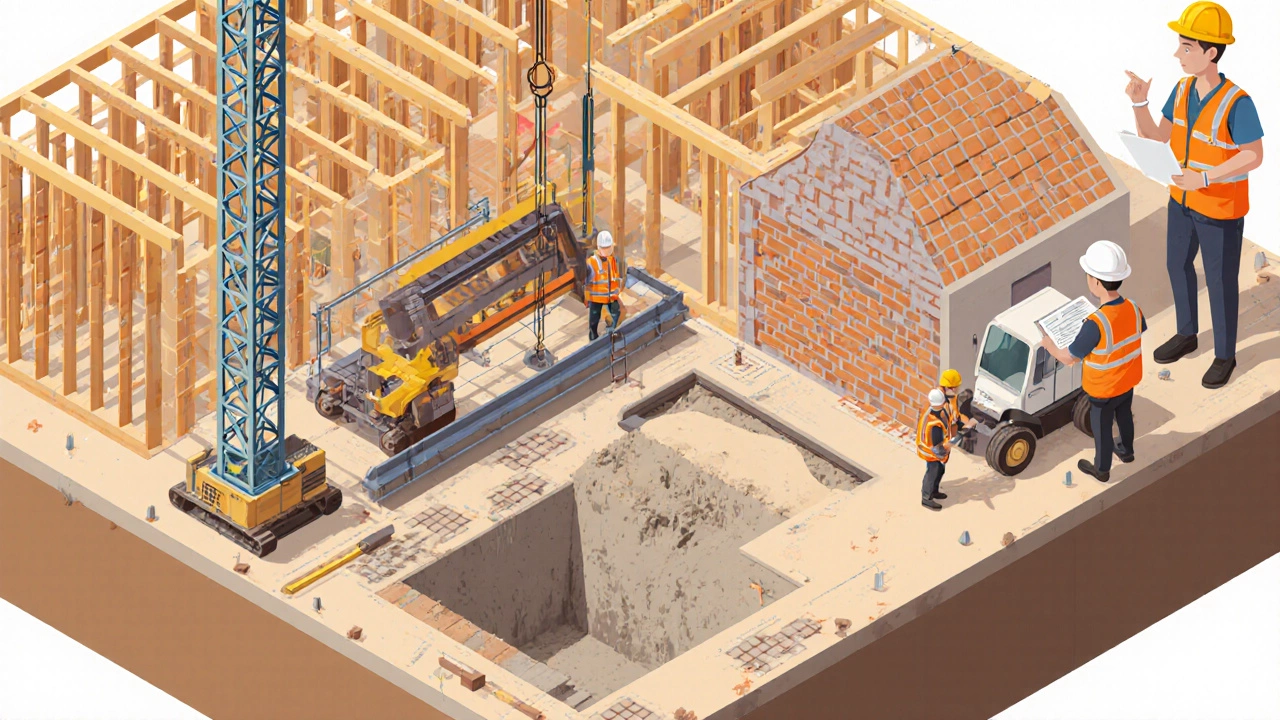
Typical Timeline from Land to Move‑In
Timeframes can vary widely based on location, size, and weather, but a rough schedule looks like this:
| Phase | Duration | Key Activities |
|---|---|---|
| Land acquisition & planning | 2-4 months | Site purchase, zoning checks, design drafts |
| Consent & financing | 1-2 months | Building consent, mortgage pre‑approval |
| Construction | 6-12 months | Foundation, framing, services, interior fit‑out |
| Inspection & handover | 1 month | Final inspection, snag list, warranty registration |
New Build vs. Existing Home: Quick Comparison
| Aspect | New Build | Existing Home |
|---|---|---|
| Condition | Brand‑new, no wear and tear | Varies; may need repairs |
| Energy efficiency | Built to latest standards | Often older standards unless upgraded |
| Customization | Choose finishes & layout | Limited unless you renovate |
| Warranty | Usually 5‑year structural warranty | None, unless covered by insurance |
| Price stability | Fixed price at contract | Negotiable, may fluctuate with market |
| Delay risk | Construction delays possible | Immediate occupancy possible |
Common Pitfalls and How to Avoid Them
Even with a brand‑new house, surprises can pop up. Here are the most frequent issues and quick fixes:
- Hidden costs: Developers may quote a base price and then add extra charges for things like landscaping or premium fittings. Get a detailed itemized quote and ask for a cap on variations.
- Scope creep: Changing your mind mid‑construction can inflate the budget. Decide on must‑haves early, and stick to them.
- Quality of materials: Not all “premium” labels are equal. Research brands of building material like roofing, windows, and insulation.
- Energy performance: Ensure the builder meets or exceeds the energy efficiency standards (e.g., a minimum 5‑star rating in New Zealand).
- Snag list neglect: During final inspection, walk through the property with a checklist. Anything less than perfect should be recorded and fixed before handover.
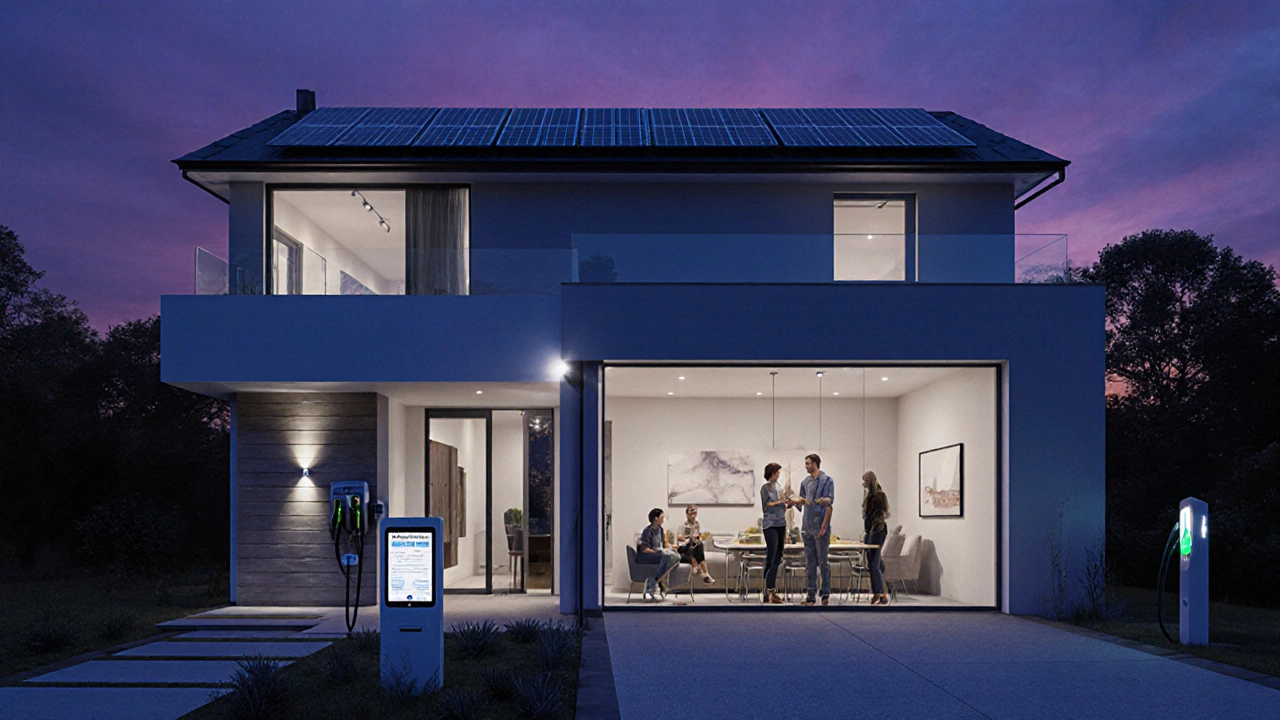
Future‑Proofing Your New Build
Thinking long‑term can raise a home’s resale value and make everyday living smoother. Consider these upgrades:
- Pre‑wired electric vehicle charging points.
- Smart home hubs for lighting, heating, and security.
- Solar panels or a rooftop battery.
- Future‑ready plumbing that can accommodate larger appliances.
- Universal design features-wider doorways, no‑step entry-for aging‑in‑place.
Quick Checklist Before Signing a New‑Build Contract
- Verify the developer’s track record and read past client reviews.
- Confirm that the building consent is in place and matches the plans.
- Ask for a complete schedule of payments linked to construction milestones.
- Obtain a copy of the warranty and understand what it covers.
- Check the projected completion date and any penalties for delays.
- Secure pre‑approval for a mortgage based on the agreed purchase price.
Frequently Asked Questions
What exactly is a "new build"?
A new build is a property that is constructed from scratch and sold for the first time to a buyer. It has never been lived in before and is delivered with a fresh, brand‑new finish.
How long does a typical new‑build project take?
From land purchase to handover, most residential new builds take between 10 and 18 months, depending on size, site conditions, and weather.
Do I need a separate mortgage for a new build?
Most buyers use a construction‑stage loan that releases funds as milestones are met, then convert it into a normal home mortgage once the house is ready to move in.
What warranties come with a new build?
Developers typically provide a 5‑year structural warranty covering major defects, plus a 2‑year warranty on fixtures and finishes. Always read the warranty schedule carefully.
Can I customise the layout or finishes?
Many developers offer a range of upgrade packages-choice of kitchen appliances, flooring, or even re‑configuring non‑load‑bearing walls-provided you decide before construction begins.
Is a new build more energy‑efficient than an older home?
Yes. New builds must meet the latest building code’s insulation, airtightness, and heating standards, which usually results in lower utility bills compared with a pre‑2000 property.
